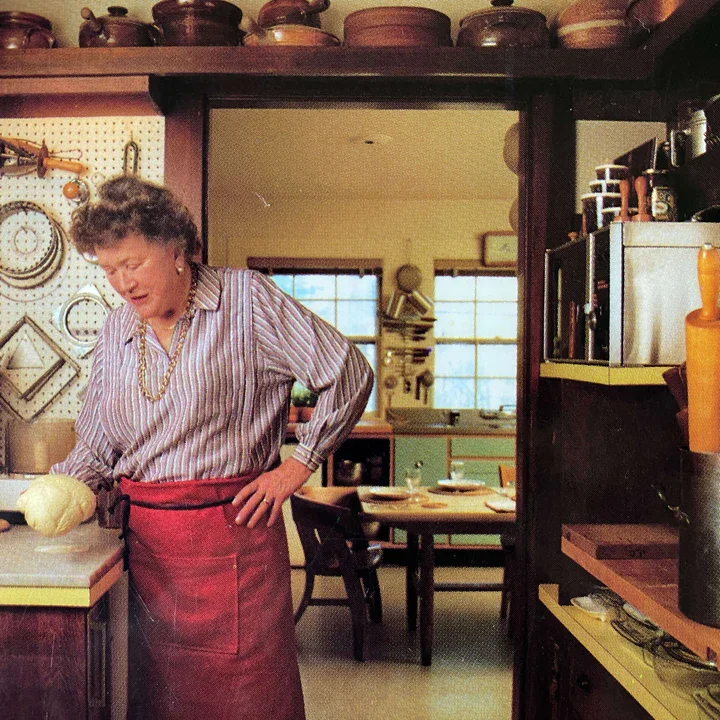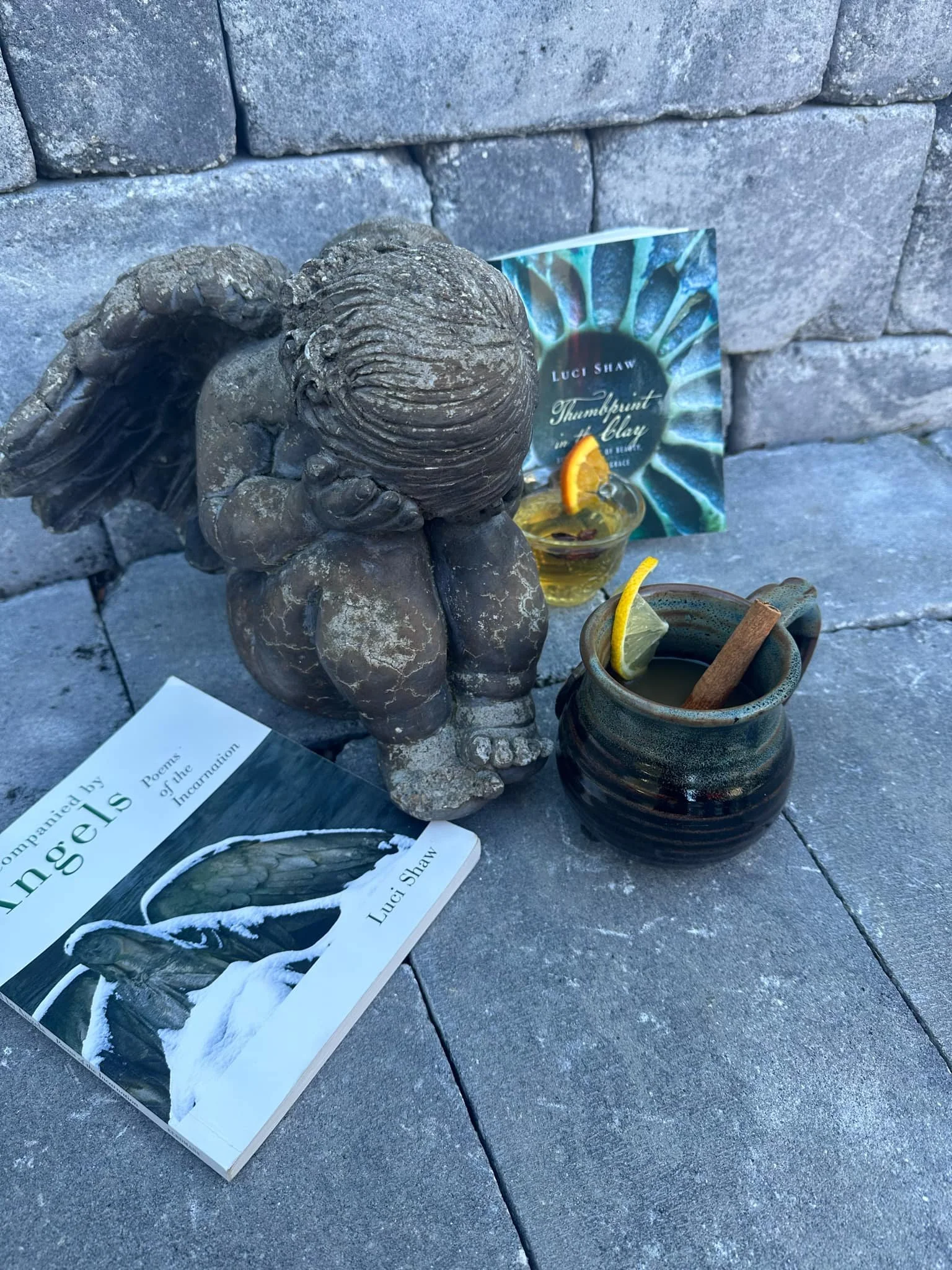Recipes and Recommendations for Imbibing Beauty through Books and Beverages
By Annie Nardone
Pages, Pints, and Pours takes a deep dive into the poetic imagination and the purpose of poetry as a truth-bearing artform. How can a poem unite with and clarify Christian theology?
THE PAGES: FAITH, HOPE AND POETRY: THEOLOGY AND THE POETIC IMAGINATION BY MALCOLM GUITE
Poetry can be a cagey genre of literature. We tend to view sonnets and free verse as an esoteric artform—lovely words strung together or spattered on a page, rhymed or random. You may have a volume of Shakespeare, Coleridge, Eliot, or Frost on your shelves, but you may seldom or ever linger over their works. But what if there was holiness to be found in verse?
We are created in the Imago Dei, the image of God; therefore, each of us embodies a holy imagination. We are made to create as a reflection of and to glorify Him. In Faith, Hope and Poetry, Malcolm Guite, an English poet, singer-songwriter, Anglican priest and academic, writes that “if this is so then we should be able [to] discern the presence of that Word in the works of art which are the fruit of our imagination.” Guite points out the cultural shift during the Enlightenment, when imagination was slowly eclipsed by reason. The book’s introduction is helpful in expanding on this gradual obscuring of imaginative discourse and placing high value on unadorned knowledge. Over time, the church followed suit by distancing itself from the arts.
Faith, Hope and Poetry is a call and instruction on re-engaging with language and the “theology of imagination.” To accomplish this, Guite presents several poems to the reader to observe “how far and in what ways we can trust the poetic imagination as truth-bearing, and how far within the particular discipline of theology we can come through poetry.” The poems for each chapter were selected with five specific categories: works chosen from hundreds of years of authorship; thematically related to transcendence and reality; several poetic genres; poems that “address the cultural split between poetry and science,” reason, and imagination; and lastly, a close examination of the works of Coleridge and Seamus Heaney.
I found three chapters particularly important. Chapter 1, “Seeing through Dreams,” focuses on “the early and mediaeval genre of dream poetry,” and the value of dream poetry during that era, also expanding to Northern/Celtic dream-worlds. It culminates in a thorough study of the 7th century jewel, “The Dream of the Rood.” Chapter 2, “Truth and Feigning,” highlights Shakespeare’s skill in connecting with the Christian faith in his plays. Chapter 3, “Doubting Faith, Reticent Hope,” challenges our understanding of the value of poetry written by poets “who professed not to be Christians.”
Guite’s book is a fascinating academic study fully demonstrating the value of poetry, story, and mythology to reawaken our theological minds. In the Post-Reformation, he states, “the imagination is seen as somehow more degraded and overthrown than the reason.” During the past 500 years, the Church has pushed the arts aside. Faith, Hope and Poetry provides one path back to reconnecting “imagination as a truth-bearing faculty.”
C.S. Lewis confessed in his memoir, Surprised by Joy, that while reading George MacDonald’s Phantastes, he “met there all that had already charmed me in Malory, Spenser, Morris, and Yeats. . . . I did not yet know (and I was long in learning) the name of the new quality, the bright shadow, that rested on the travels of Anodos. I do now. It was Holiness.”
We meet that holiness in poetry and imaginative writing. Although the text is a challenging read, Guite is a wonderful guide, teaching us to engage with all verse, gaining a fresh vision to comprehend transcendence and truth.
“One purpose of this book is to explore the ‘theological reach’ of our encounter with meaning through the poetic imagination”—Malcolm Guite, Faith, Hope and Poetry
PINTS AND POURS
In Virgil Wander, Rune, the Finnish kite maker, keeps a “bottle of akevitt” (aquavit) on hand for emergencies, so this is a perfect time to return to that Norse spirit I mentioned in my previous Pages, Pints, and Pours and the book Kristin Lavransdatter.
Sazarac
2 dashes absinthe
1 sugar cube saturated with bitters
1 ice cube
1 shot bourbon
Twist lemon peel
Twist orange peel
Drop a sugar cube in an old-fashioned glass. Add absinthe, bourbon, and fruit peel, then stir until sugar dissolves. Add an ice cube.
Cool Mango Tonic
2 shots of your favorite kombucha
2 shots of mango puree (canned or fresh)
Tonic water
Fill a tall glass with crushed ice. Pour puree, then kombucha over the ice. Fill to the top with tonic water and stir gently.
Annie Nardone is a lifelong bibliophile with a special devotion to the Inklings and medieval authors. She is a Fellow with the C.S. Lewis Institute and holds an M.A. in Cultural Apologetics from Houston Christian University. Annie is a writer for Cultivating Oaks Press and An Unexpected Journal. Her writing can also be found at Square Halo Press, Rabbit Room Press, Clarendon Press U.K., Calla Press, and Poetica. Annie is a Master Teacher with HSLDA and Kepler Education and strives to help her students see holiness in everyday life and art. She lives in Florida with her husband and six cats, appreciates the perfect cup of tea, an expansive library, and the beach with family.
(All quotes sourced from Malcolm Guite, Faith, Hope and Poetry: Theology and the Poetic Imagination (Routledge, 2012)























